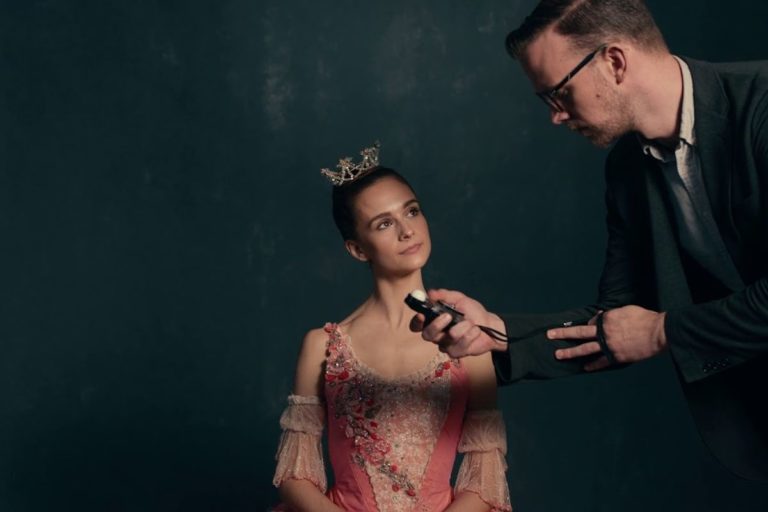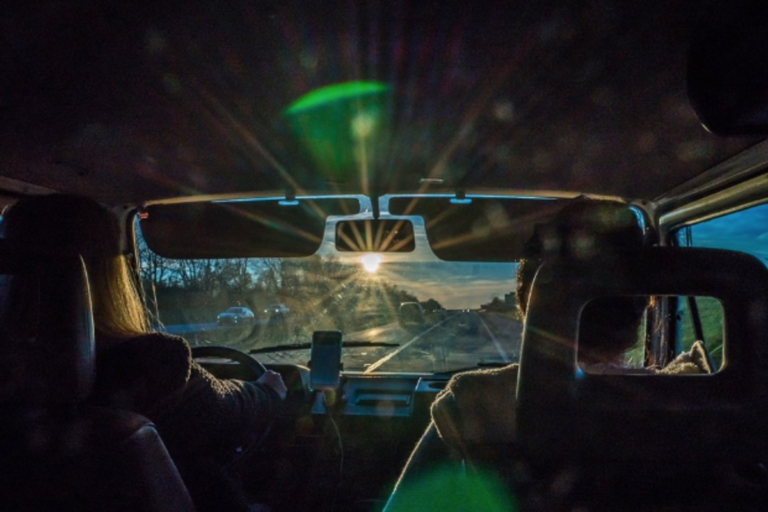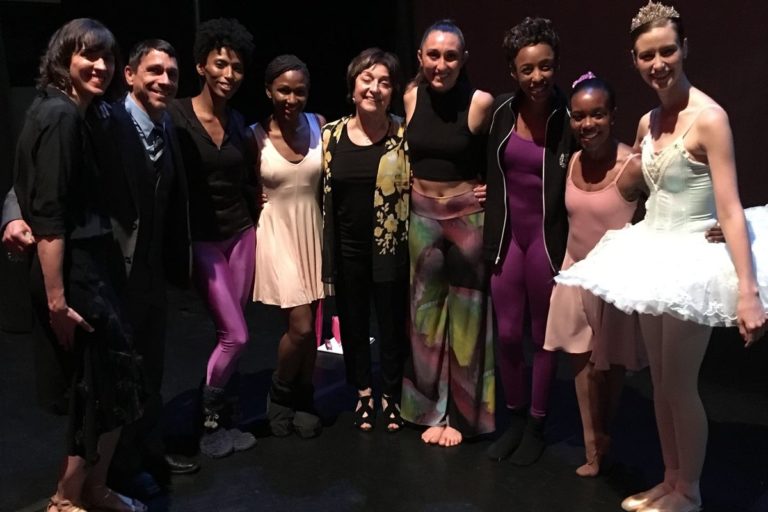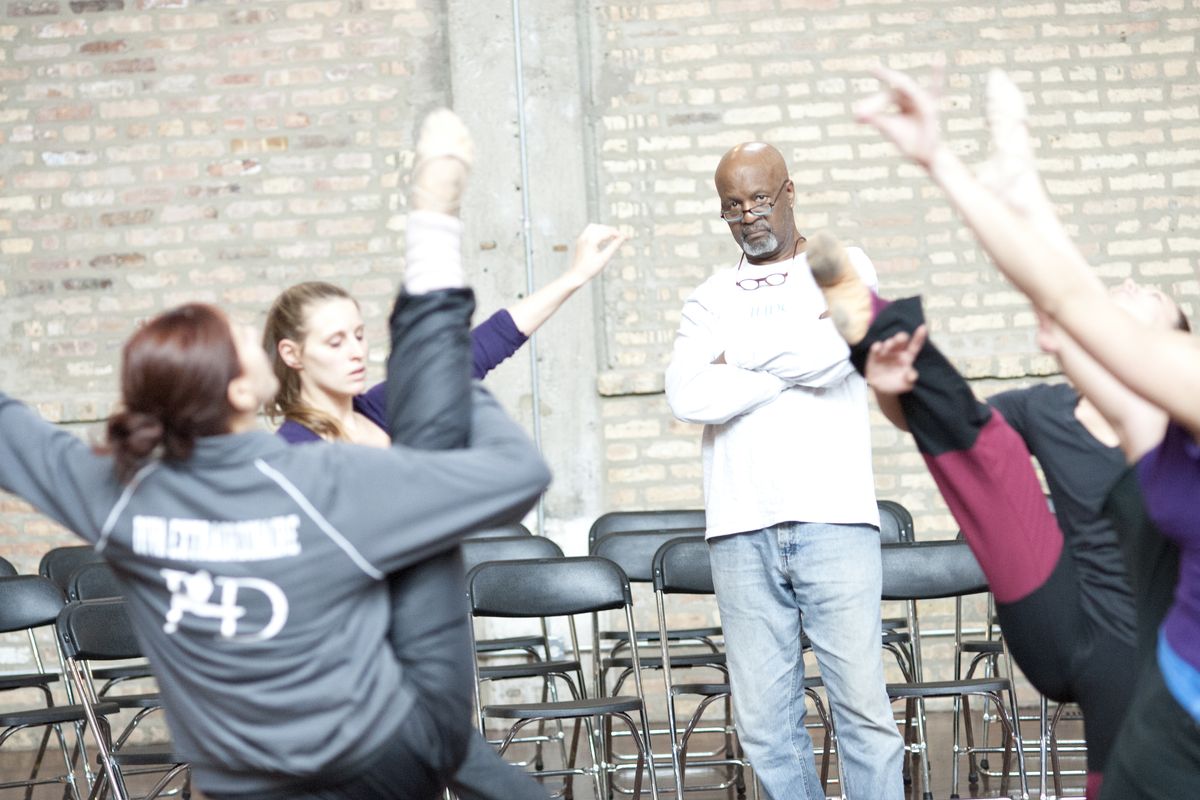
When Joel Hall enters a studio, students fall silent and rise in respect. He can command a room from its corner with merely a facial expression, but more often, he takes charge by getting into the thick of the dance, letting the beat of the house music move him and pulling meaning and emotion from each dancer. A well-timed “yes!” can thrust a penché to 180 degrees. A snapped finger and a “work!” can bring out the inner diva in even the shyest student. And an ecstatic “oh!” can move hips like mountains.
“I instill in my dancers the discipline of proper training, but I also let them know they have a voice—a voice that shows where they came from—and I want to hear it,” Hall says. “My class is tough, and I get fabulous people out of it.”
Towering over his students, with unparalleled stature and grace, Hall may appear intimidating. But those lucky enough to have been part of his story know that he is much more than a fierce commander of the studio—he is made up almost entirely of heart.
Chicago Roots
Born in Chicago in 1949, Hall began training under Ed Parish in 1968. In 1974, he co-founded the Chicago City Theatre Company, which would later become the Joel Hall Dancers & Center. His mission was one of inclusivity, vowing to never turn down instruction to anyone based on age, sexual orientation, gender, race, economic background, body type or ability. That mission remains today.
At 68, Hall now teaches one day a week and focuses the rest of his time on running the school and its three companies—The Joel Hall Dancers, JHDII and the JHDYC.
He’s fearlessly led the school and affiliated company on a sometimes rocky ride, through high points like being onstage at The Joyce Theater in New York City in the 1980s, and a low when fire destroyed his studio in 1993.
 “Joel’s style becomes a native tongue,” says Jacqueline Sinclair, assistant artistic director. “No matter where a dancer goes after this, they will always have a Joel Hall accent.” Photo by Jennifer Girard, courtesy of Joel Hall Dance Center
“Joel’s style becomes a native tongue,” says Jacqueline Sinclair, assistant artistic director. “No matter where a dancer goes after this, they will always have a Joel Hall accent.” Photo by Jennifer Girard, courtesy of Joel Hall Dance Center
Though Hall’s reputation extends far beyond Chicago (his company has toured internationally and he’s taught throughout the U.S.), it’s locally that he’s most revered. The Chicago City Council recognized November 21, 2015, as “Joel Hall Day” in honor of his organization’s 40th anniversary. And in 2016, the corner of Clark Street and Thorndale Avenue was permanently designated “Honorary Joel Hall Way.”
Known for giving back generously to his community, most recently he worked with the Center on Halsted and After School Matters to create a program for LGBT homeless youth.
Studio Family
In 2009, when the recession hit, Hall moved his studio for the third time. Since then, funding has continued to be sparse and visibility low. Hall, irrepressibly upbeat, calls it a regrouping phase. A few years ago, he tried a new business model where he placed administrative operations in the hands of his dancers.
“It’s important that dancers learn the business of dance,” he says. “I want to train to lead instead of training to just follow a step. They’re invested in this company, and they see that, while we may not be getting the grants we used to, we’re still making great art.”
“He’s gone through a lot of adversity, but he has a fire within him, and he has always prevailed,” says Nan Giordano of Giordano Dance Chicago.
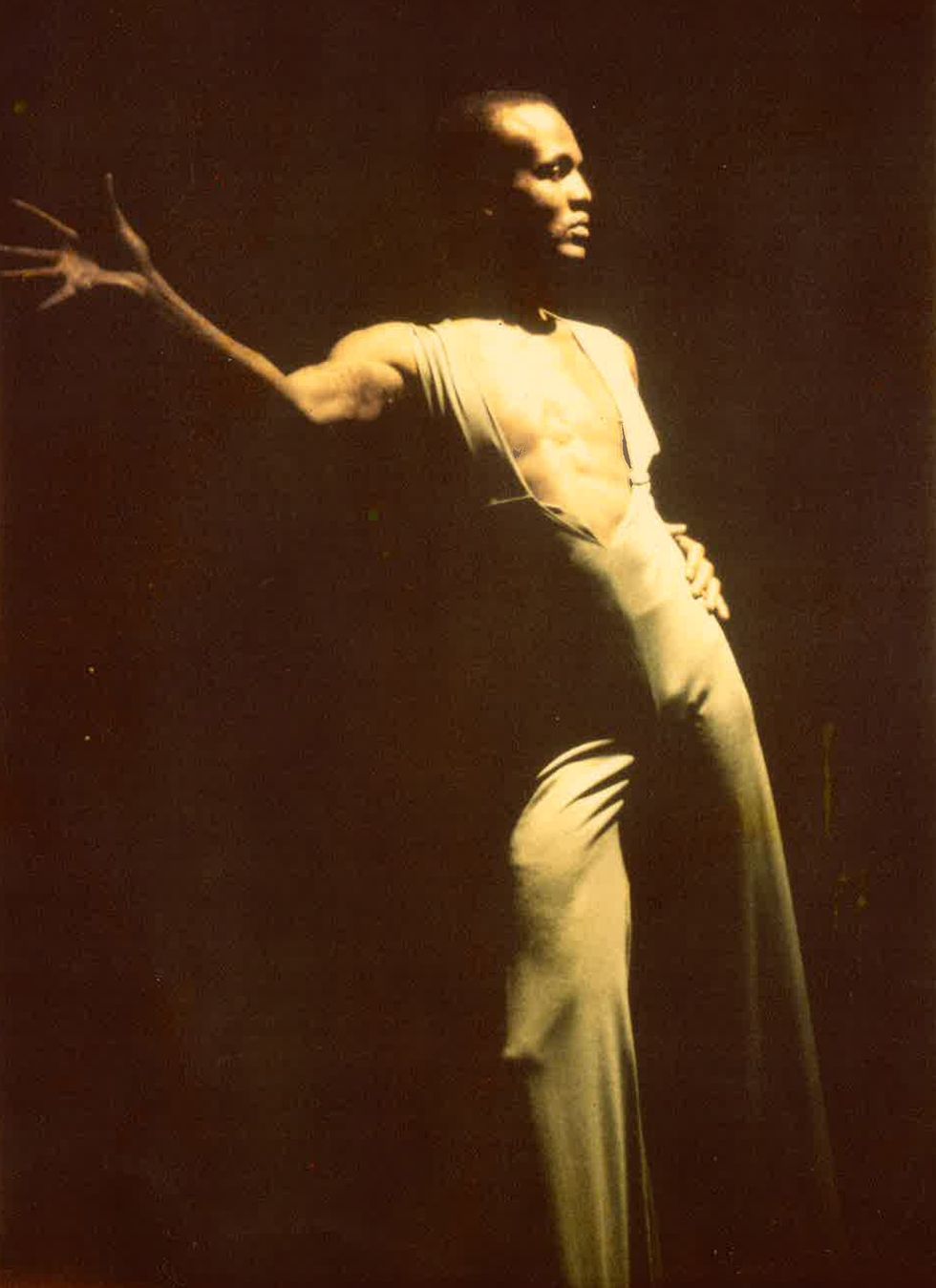 Hall formed his company in 1974. Photo by Robert W. Czeschin, courtesy of Joel Hall Dance Center
Hall formed his company in 1974. Photo by Robert W. Czeschin, courtesy of Joel Hall Dance Center
Many dancers have been with the company or school for decades. Others have gone on to performance or teaching careers, yet still return for the occasional class. Regardless of where dancers land, they are drawn back to Hall like parishioners returning to their parish. And Hall says his greatest point of pride is seeing the way his dancers grow and change with time.
“Here, we all speak jazz,” says Jacqueline Sinclair, JHD assistant artistic director, who has been with the company for almost 30 years. “For the dancers here, Joel’s style becomes a native tongue. No matter where they go after this, they will always have a Joel Hall accent.”
A Way of Life
It’s Saturday morning and the Joel Hall family is out in full force at Hall’s community jazz class—a tradition that goes back decades.
“It includes people from all walks of life,” says Jarrett Rashad, a professional dancer and choreographer who started training with Hall at 11. “Jazz dancers and Joffrey dancers, lawyers, doctors and strippers. Everyone feels Joel’s energy pulsing along with the house music—and he’s doing the steps full-out to the point that his glasses fling off his face.”
Hall calls this “urban jazz,” which highlights both the technique and the social aspect of the jazz vernacular. “Jazz is our history,” he says. “Things rooted in the black community tend to be confiscated or diminished. However, I’m not going to let that happen as long as I’m around. Jazz classes today don’t even teach a warm-up; they just start dancing. But my students aren’t just learning choreography; they’re really studying dance.”
Hall is now beginning to codify his technique—complete with a teacher certification program. Step one is “Waiting to Exhale,” a five-day summer intensive focused on Hall’s legendary technique class, with a final day dedicated to pedagogy, class structure and his choreographic method.
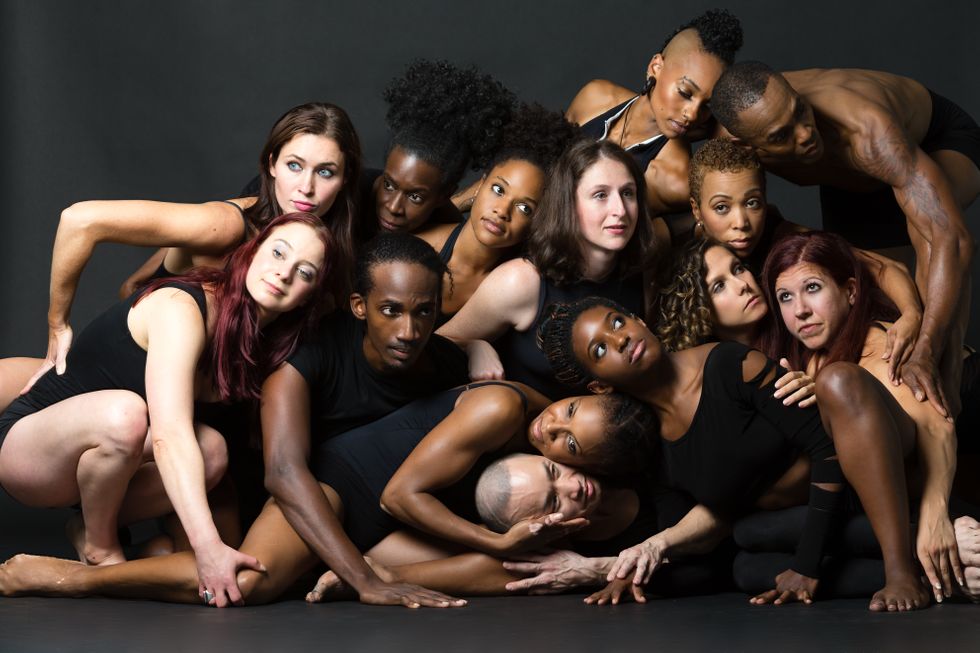 “I call it ‘America the Beautiful,'” says Hall about a photo of his dancers that hangs in his office. “The way it seems to shift and change, and how different they each are.” Photo courtesy of Joel Hall Dance Center
“I call it ‘America the Beautiful,'” says Hall about a photo of his dancers that hangs in his office. “The way it seems to shift and change, and how different they each are.” Photo courtesy of Joel Hall Dance Center
But of course, Hall is teaching much more than technique. He often interrupts classes to deliver monologues, more like sermons, that leave dancers feeling inspired and ready for more. Through his lessons on history and culture, students realize they are learning a way of life.
“A lot of teachers put up walls to avoid getting too close to students, but I knew that he cared about me personally,” says former student Morgan “Mo” Williams, a dance educator at Studio One Dance Company in Wisconsin. “He wasn’t just about creating fierce dancers, but about helping us know ourselves. When I got in trouble at school, he would sit me down and say, ‘Here’s what you’re going to do next.’ He gives back to his students, and there’s no one like him.”
On a wall of Hall’s office hangs an homage to his dancers—a large photo taken earlier this year. The dancers are draped over one another, their limbs intertwined, their heads supported by one another’s bodies. “I call it ‘America the Beautiful,'” he says, gazing at it longingly. “Because isn’t it beautiful? The way it seems to shift and change, and how different they each are. That’s what we as people are supposed to look like. They are the real world to me. And they are lovely.”
